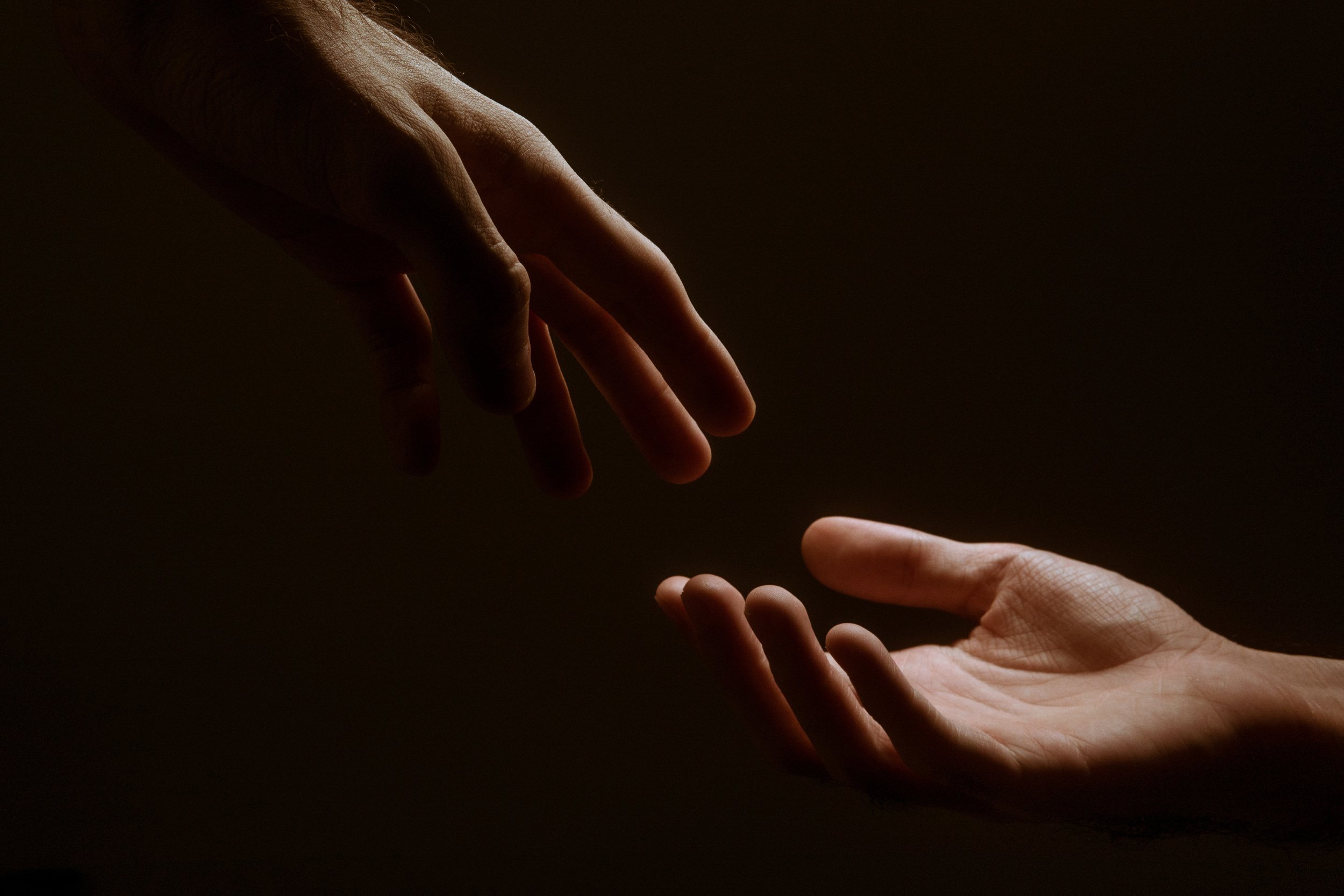7 Popular Fantasy Tropes in Fiction (and Examples of Them Done Well)
Fantasy tropes can get a bit of a bad rep, but there are some much loved tropes out there that readers (myself included) love to see time and time again. Remember, they’re tropes for a reason!
If you’re looking to incorporate a fantasy trope into your novel, here are a few of the most popular fantasy tropes in fiction, along with some tips on how best to use them.
What is a trope?
A trope is a story element that’s been used so often across fiction that it’s instantly recognisable. Characters, storylines and themes can all follow tropes.
For example, “the troubled lead detective” is a character trope in many crime novels. And popular romance tropes include storylines like “enemies to lovers” or the “love triangle”.
There are lots of fantasy tropes in books, some of which are specific to the genre and some of which you come across in any type of fiction. But more on that later…
First let’s take a look at why you might choose to include popular fantasy tropes in your writing – and why you might choose to avoid them.
The drawbacks of tropes
Tropes are commonplace. So there’s always a risk that a reader will see tropes as lazy and lacking in creativity.
If every element of a story has been seen before, what incentive does a reader have to keep turning those pages?
The benefits of tropes
Writing that is too new or original can also be off-putting to a reader.
Tropes are useful because they place a reader firmly in the realm of the familiar. As soon as a trope is introduced, a reader has a good idea of how things are going to unfold.
What’s more, writers who avoid following tropes slavishly, who add their own creative twist to a well-loved trope, can really turn these motifs to their advantage.
With that in mind, let’s take a look at seven of the most popular fantasy tropes, any of which you could incorporate into your next work of fiction.
7 popular fantasy tropes in literature
Beware, the below examples may be a little spoilery, although I haven’t given you specifics. So, read at your own risk!
The quest
“The quest” is one of the most popular fantasy tropes.
It involves a character – or more often a group of characters – who set off on a journey to achieve a specified goal.
That goal might be rescuing a person, defeating a villain, finding a missing object or, in the case of Frodo and co., destroying an object.
Each member of the party brings their own skills and perspective to the mission. And over the course of the quest, a writer gets to reveal the variety of landscapes, people and societies that make up their fantasy world.
Examples of this fantasy trope in books
A ragtag bunch of misfits
Who better to save the world from almost certain doom than a ragtag bunch of misfits?
In this fantasy trope, a group of unlikely heroes – often with a range of chequered back stories – ends up working together towards some kind of goal.
These loveable rogues are flawed individuals. They may be unprofessional or downright murderous. And they don’t tend to like rules or approved ways of working. But for whatever reason, they’re the best (or the only) people for the job.
Examples of this fantasy trope in books
The heroic last stand
The “heroic last stand” fantasy trope usually involves the good guys fighting a much stronger force without much hope of success.
Coming towards the conclusion of a novel, a heroic last stand can end in any number of ways:
The bad guys win but it’s a Pyrrhic victory
The cavalry arrives at the last minute and the good guys win
The good guys win thanks to an ally sacrificing themselves, holding off the villains and giving their team time to escape or regroup
What matters is that the good guys demonstrate nobility by standing up for what is right, even when the odds are stacked against them.
Examples of this fantasy trope in books
A magic or military school
A person favourite of mine: the magic or military school trope. An educational institution provides endless scope for a fantasy writer, which helps to explain why it’s one of the most popular fantasy tropes around.
As seen in the Harry Potter series, wizards and witches attend a boarding school to learn their magical craft. Characters grow in ability and experience, often in an environment that mediates the levels of danger, which makes the time spent in the school feel more focused on world and magic building, as well as the characters themselves.
But this trope doesn’t have to dictate the focus of an entire fantasy tale.
A training sequence can take place at a magic or military school before the protagonist, having learned a few crucial skills, leaves the school to continue on the next stage of their journey.
Examples of this fantasy trope in books
Action girl
Another fantasy trope found in books, TV and film, the action girl is as far from the damsel in distress trope you’re likely to get.
An action girl is a female fighter; tough, dangerous and able not only to defend herself, but to fight for others too.
Examples of this fantasy trope in books
Fantasy counterpart culture
Imagining a whole new world from scratch is hard work – for writers and sometimes readers too. This is perhaps why so many fantasy novelists make use of the “fantasy counterpart culture” trope.
They base their story in a place, culture or society with clear similarities to a real-life Earthly location. As ever, Tolkien shows us how it’s done by starting the Lord of the Rings trilogy in The Shire.
This idealised version of the English countryside, albeit with hairy-footed inhabitants, helps Earth-dwelling readers to identify with characters before they’re transported to other, more fantastical locations.
Examples of this fantasy trope in books
Grey-and-gray morality
Some fantasy books are based around the crystal clarity of black and white, good and evil. But there’s a popular fantasy trope that looks to counteract this perhaps overly-simplistic view of the world.
The “grey-and-gray morality” trope depicts both sides of a conflict sympathetically. No-one is completely good or completely evil. Instead characters are fallible and flawed.
Protagonists may have noble aims but choose dubious methods to achieve them. Or they may demonstrate both ruthlessness and compassion towards others.
This trope often leaves a reader to make their own allegiances, deciding which of the morally grey characters they most identify with.
Examples of this fantasy trope in books
Heel–face turn
The last fantasy trope on this list is the “heel-face turn”, which involves a bad guy turning good. Any number of things can lead a bad guy to reconsider the path they’re on:
they build a new friendship that causes them to see their behaviour in a new light
the person they followed on the path of badness betrays them
another character’s innate goodness encourages them to reassess their life choices
Sometimes these characters aren’t left to lead a good life for long. They may meet a tragic end, redeeming themselves by making a heroic last stand (see above) and dying in the process.
Examples of this fantasy trope in books
The Harry Potter series by J K Rowling
How to incorporate fantasy tropes into books – in a way that excites a reader
As I mentioned above, the main problem with fantasy tropes in books is that they’ve all, by their very nature, been done before. So a story can become too predictable if you don’t implement tropes with due care.
That’s why you should always put your own spin on things, giving tropes an original and creative twist in order to keep readers engaged.
So how do you do that?
Break the rules
Play around with tropes by defying norms and reader expectations. For example, make your ragtag bunch of misfits exclusively female.
Deconstruct popular fantasy tropes
Use a fantasy trope. But then expose its flaws. Explore the real-world ramifications of this trope for your characters. A little psychological realism encourages a reader to see a trope in a new light.
Subvert popular fantasy tropes
Convince your readers that you’re following a popular fantasy trope before revealing that there’s more to this character / storyline / location than meets the eye.
In summary
There are risks associated with using popular fantasy tropes – but lots of benefits to be gained too.
Use them in the right way and tropes will help you to meet reader expectations, whilst giving them a few exciting surprises along the way.
Wondering whether the tropes in your fiction are too… tropey?
My manuscript assessment service can help. Send over your work and I’ll provide a comprehensive overview of your book’s strengths and weaknesses – including your use of tropes.
Until the next time,
Candida x


